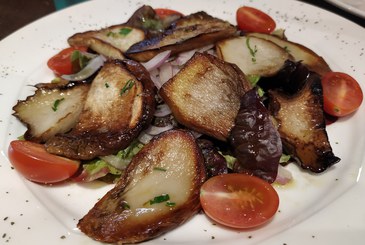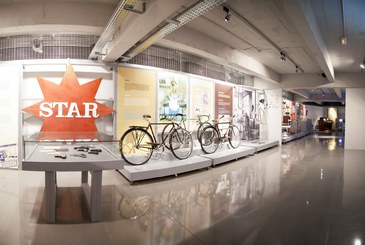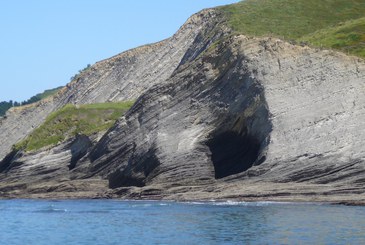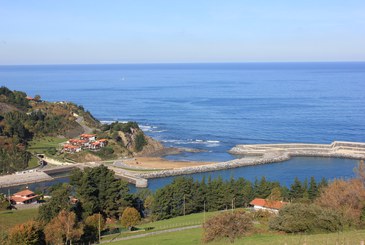
Tidal area or Flysch

It consists of a series of strata which alternate hard layers (limestone and sandstone) with soft ones (loam and clay rocks) and looks like a cross section of puff pastry.
The most striking thing about flysch is the way in which it juts out into the water like a huge rib cage.
Cliffs and Sakoneta beach, in Itxaspe (Deba).
On occasions, as is the case with the cliffs of Mendata and Sakoneta, the strata which were originally horizontal are vertical. This is due to the powerful forces exerted by the movement of the earth during the Cretaceous period. In these layers can be found ammonite fossils and those of other invertebrates created as the flysch was being formed.

From a biological point of view, the tidal area of Deba is a treasure-trove. As well as the wide variety of kinds of seaweed, an infinite number of marine species live among the rocks. At low tide, the rock pools formed by the flysch hold a wealth of marine fauna.
Access:
- From the Itxaspe Campsite, going down the track which leads to Arronamendi.
- Coming from the road which leads to the campsite of Itxaspe, take either the turn-off sign-posted Sakoneta at the crossroads of the farmhouse Txerturi Bekoa or, slightly further on, the turn-off marked Mendata.
- From the N-634, take the track that leads to Errota-Berri and the park of Uzkanga, near Sakoneta.
- From the centre of Elorrixa, take the north-bound track that descends towards the coast.
ATTENTION
Access is only possible at low tide. Care must therefore be taken to avoid any risks during the visit.
Foto Sakoneta (1): Deba Turismo




